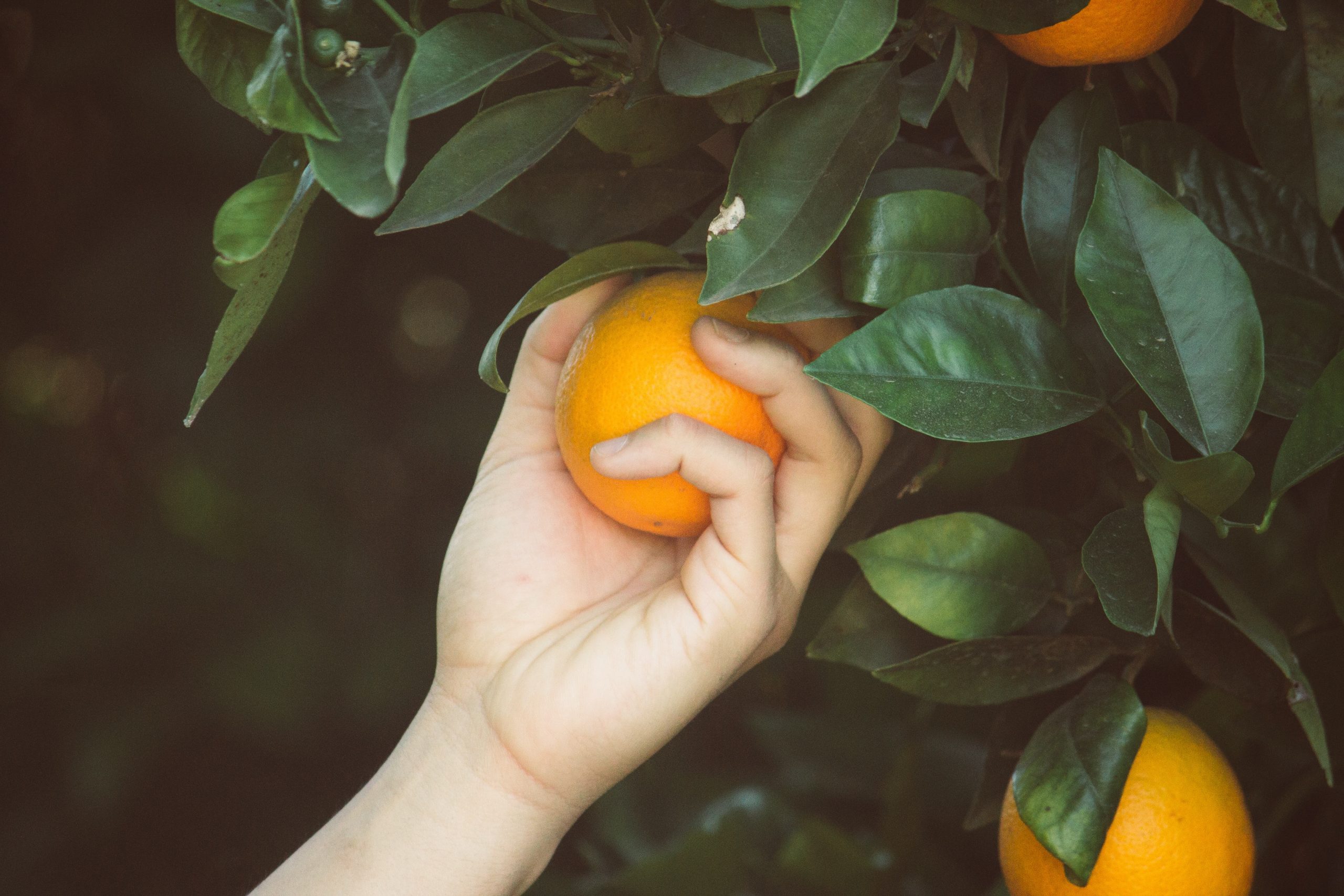Activity snapshot
Higher than usual rainfall along with typical daily minimum and maximum temperatures are providing highly favourable conditions for adult Queensland fruit flies. These conditions make it ideal for fruit fly that were able to survive winter to continue to become active through spring and find fruit to infest.
September outlook
A third consecutive La Niña event for late 2022 and early 2023 has been predicted. If this occurs following the favourable spring conditions forecast, we can expect another bad year for fruit fly survival and proliferation.
An analysis of climate models for Victoria predict more rainfall than average and no real variation from the norm for minimum and maximum temperatures.
Monitoring required
Regional trapping data for spring 2021 and autumn 2022 showed that several locations recorded high populations over these periods. This suggests that fruit fly will be problematic in those areas in the coming 2022/23 season. Extra vigilance is required in the following areas:
- Orrvale
- Undera
- Kyabram
- Grahamvale
- Merrigum
- Shepparton
If you live in or near these locations, place traps out and start monitoring in September.
Inspect ripening and ripe fruit
Check fruit surfaces for signs of fruit fly. Be on the look-out for sting marks, caused by fruit fly making a hole in the fruit surface and stinging the fruit into which it lays its eggs.
Use fruit fly traps
Male-targeting traps
The most common fruit fly trap contains a pheromone-like attractant that only males respond to. Providing weather conditions are suitable these traps can attract male fruit fly from up to about 200m but if it’s cool or windy, as it often is during spring, they are less effective at such distances.
Food-based traps
Food-based traps are very useful in that they can capture female flies but are effective at smaller distances than male traps and need to be within 10m – 20m to active locations. In her lifetime (about 2 months in late spring to early autumn and much longer in the cooler weather) one mated female fruit fly can lay nearly 2,000 eggs from which up to 800 adult flies can emerge.




